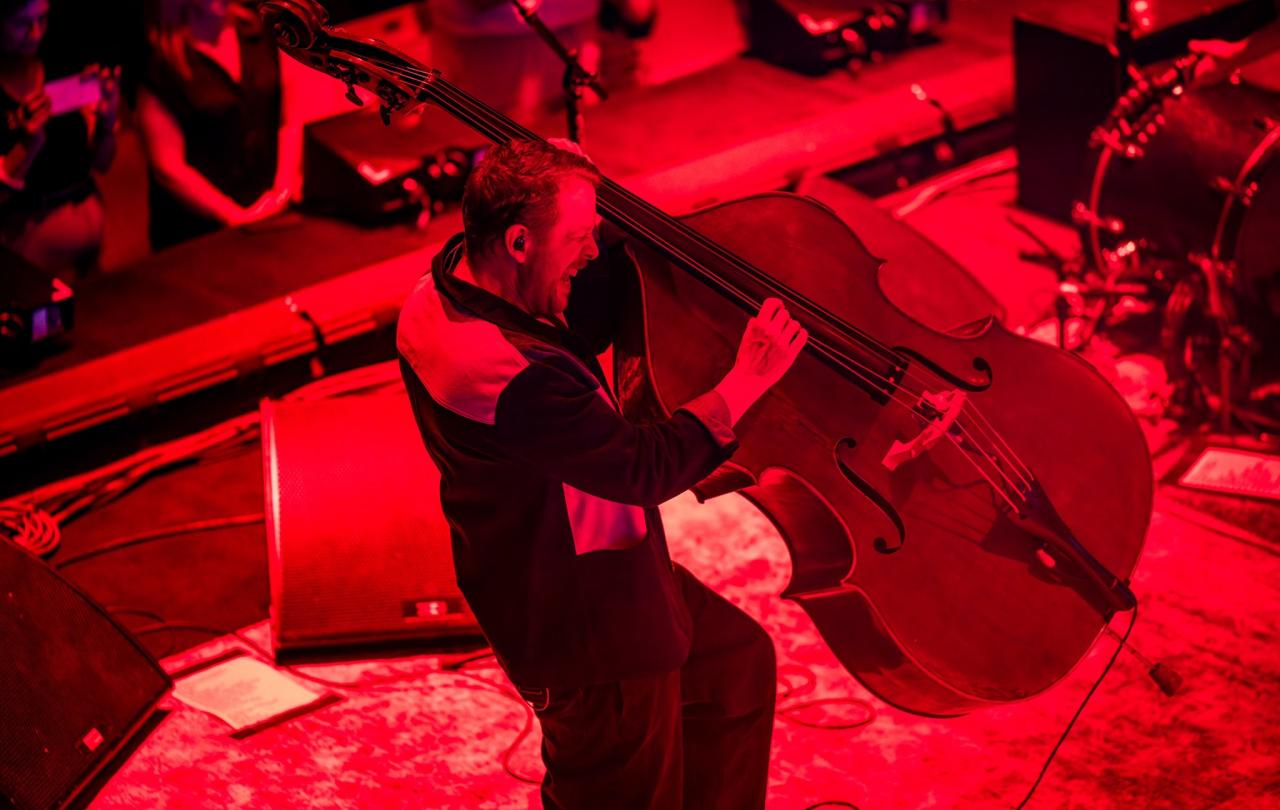
Over the inauguration weekend, I was in Texas. Trump-Vance flags still fluttered in the cold wind, now more in triumph than soliciting votes. This was in the middle of the biggest winter storm to hit the southern coast of the USA in 65 years, where four inches of snow ground cities to a halt. The seemingly endless cycle of American TV news channels were caught between fascination with Storm Enzo, and the return of a political hurricane in Washington DC.
President Trump’s first few days broke upon the world rather like a fresh storm. When a new government takes over, it is customary to sound a note of hope for the future, uniting the nation, cautious anticipation for a new dawn, pledging to try one’s best for the people and so on. Yet Trump’s speech was optimism on steroids. He announced the beginning of a ‘golden age’ for America. “From this day forward” he claimed, “our country will flourish and be respected again all over the world. We will be the envy of every nation, and we will not allow ourselves to be taken advantage of any longer.”
Elon Musk went even further. This election, he said, was a “fork in the road of human civilisation.” As a result of the good Republican voters of the USA, “the future of civilisation was secured”, as he looked forward to a day when the stars and stripes would even be planted in the soil of the planet Mars.
There is a fine line between hope and hubris. Many commentators have contrasted the gloomy outlook of Keir Starmer with the upbeat optimism of the Republicans in Washington. American always outdo us Brits when it comes to can-do optimism, yet this was something else.
Hope lifts people’s spirits. It gives a sense of possibility and points to an unknown but bright future. St Paul asks “who hopes for what they can see?” Hope recognises that the future is not entirely in our hands, that events - and our own stubbornness and pig-headedness - can derail the best laid set of plans. It knows that the future is uncertain and yet, because of a simple trust that the world came from goodness and will end with goodness, believes that sometimes despite, rather than because of our efforts, the future is bright.
Hubris, however, is when human confidence goes into overdrive. In the classical world, writers such as Hesiod and Aeschylus saw hubris as the dangerous moment when a mortal claimed to be equal to, or better than a god.
Phaeton was a teenage boy racer, a son of the sun god Helios. He took hold of his dad’s chariot for a day, thought he could steer better than his aged parent, drove too fast, too close to the earth, burning it up and thus earning a trademark lightning bolt from Zeus for his pains. Arachne was a weaver who thought his cloth more beautiful than that of Athena, the goddess of all weavers. And of course, the most famous of all, Icarus, made himself a pair of wings, soared just a bit too high, melting the wax that held them together, plunging him into the sea like a burnt-out satellite falling, falling and then sinking into the dark blue depths of the vast ocean. A trip to Mars anyone?
Yet without a dose of humility, the modesty that recognises not everything is in their control, that they will get things wrong, and need to admit it when they do, they will only generate antagonism and disharmony.
There are, of course, parallels in Christian literature. The Tower of Babel is the story of a civilisation that thought it could build to the skies, to reach and rival God himself. God was not impressed and confused the speech of the uppity humans so they could no longer understand one another. King Herod - grandson of the one visited by the wise men at Christmas - dressed himself in finery, smiled smugly at the acclaim of the crowds that his was ‘the voice of a god and not a mortal.’ No sooner had he said this than ‘an angel of the Lord struck him down, he was eaten by worms and died.’
These are ancient stories of brash and overblown self-confidence, that a human could do what only the gods can. They recur in pretty well every human strand of wisdom. Hubris usually arises from an insecure desire to be better than anyone else, better even than the gods, or God. It is essentially competitive. If greed is the desire to be rich, then hubris is the desire to be richer than everyone else. It creates comparison, jealousy, and yes – envy - in fact, that is the point - to be the envy of everyone else. Of course, social media is full of it. It is hard to like hubristic people. They generate envy or resentment, or when they fall, a delicious dose of Schadenfreude. None of which are particularly good for us.
The opposite of hubris is humility. The root word for humility is the same as humus, humour, humanity. It derives from that ancient biblical story of the human race being fashioned by God out of the dirt. It punctures holes in our self-importance, reminds us of our lowly origins. It is the precious ability to laugh at yourself. Humility is appropriate for us precisely because we are not gods, and woe betide us if we think we are. We are instead poised between the earth and the heavens, sharing in the divine image, capable of great things, maybe one day even reaching Mars. Yet we are also capable of great cruelty and harm, frail and liable to get things badly, sometimes catastrophically, wrong. Once we forget our dual nature, made to be like God, yet moulded out of the earth; with huge potential for creativity and yet with a tendency to over-reach, a flaw within that leaves us vulnerable to temptation, we are in danger of blundering ahead like bulls in the proverbial China Shop.
And this is the danger that Trump and Musk are flirting with. I wish them well. I really do. Maybe they will make America great again. Maybe they will usher in an age of prosperity and order. Yet without a dose of humility, the modesty that recognises not everything is in their control, that they will get things wrong, and need to admit it when they do, they will only generate antagonism and disharmony. And they will probably do more harm than good.
Fyodor Dostoyevsky once wrote “Loving humility is a terrible force: it is the strongest of all things, and there is nothing like it.” Humility ends up being stronger and achieves more than hubris. Jesus was said to be “gentle and humble in heart.” And he changed the world more than anyone else. Donald and Elon – watch and learn.
Join with us - Behind the Seen
Seen & Unseen is free for everyone and is made possible through the generosity of our amazing community of supporters.
If you’re enjoying Seen & Unseen, would you consider making a gift towards our work?
Alongside other benefits (book discounts etc.), you’ll receive an extra fortnightly email from me sharing what I’m reading and my reflections on the ideas that are shaping our times.
Graham Tomlin
Editor-in-Chief
Find out more and sign up





